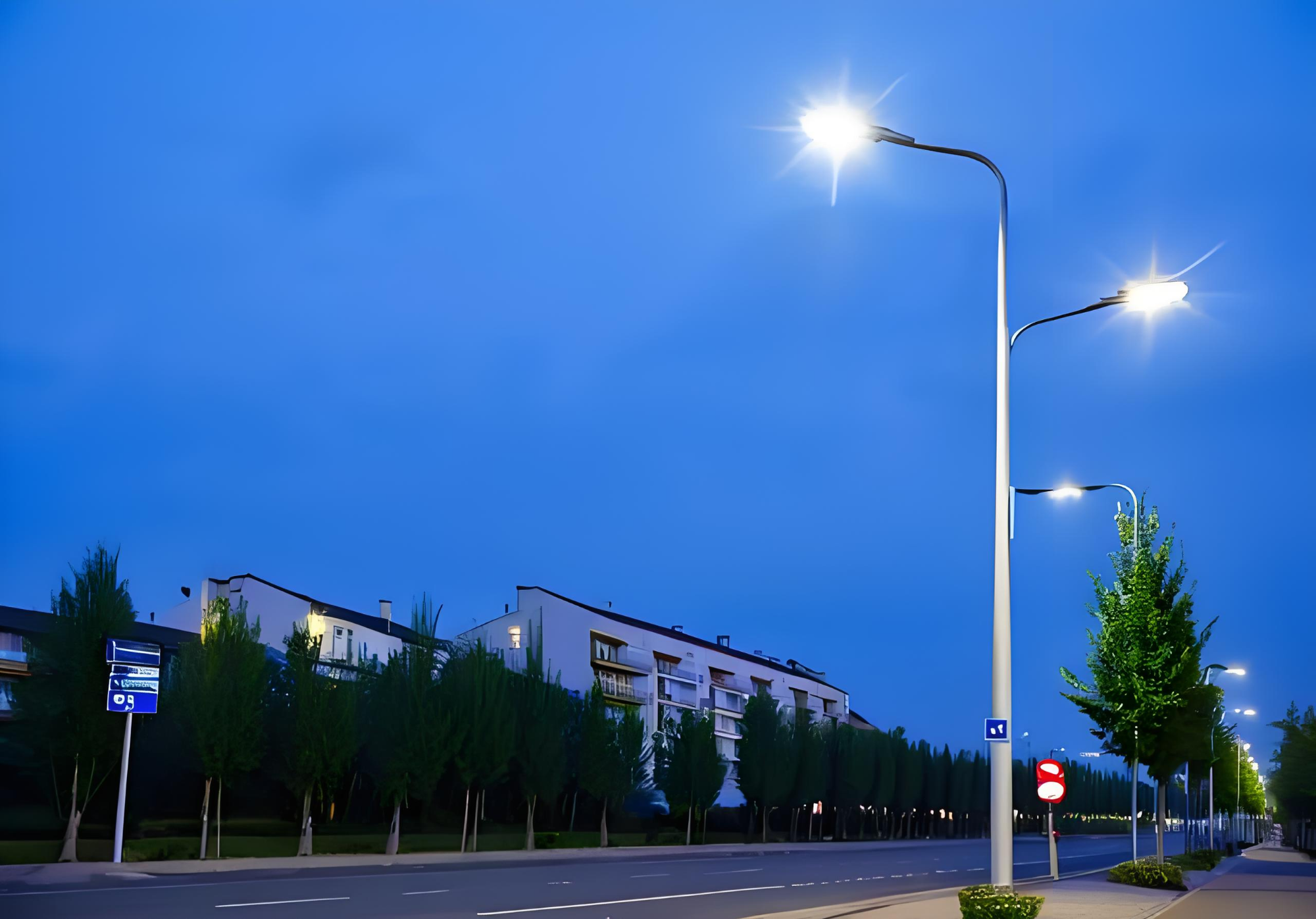Smart street lights, with their advanced features and capabilities, are rapidly transforming urban spaces across the globe. These intelligent lighting systems are being implemented in a variety of settings, from bustling city centers to quiet residential neighborhoods. This article explores the diverse applications of smart street lights and highlights their impact on enhancing the functionality, safety, and sustainability of urban environments.
City Centers and Commercial Areas
In city centers and commercial areas, smart street lights are being used to enhance public safety, improve traffic flow, and create a more inviting atmosphere for visitors. These lights can be programmed to adjust their brightness and color based on the time of day and pedestrian activity, providing optimal illumination while conserving energy. Additionally, integrated cameras and sensors can help monitor crime and traffic incidents, ensuring a quick response from authorities.
Residential Neighborhoods
Smart street lights are also being implemented in residential neighborhoods to enhance safety and security. These lights can be equipped with motion sensors that detect unusual activity and alert residents or authorities. Furthermore, adaptive lighting control can ensure that lights are only used when and where they are needed, reducing energy consumption and operational costs. In some cases, smart lights can also be integrated with home automation systems, allowing residents to control their outdoor lighting remotely.

Parks and Public Spaces
Smart street lights are ideal for illuminating parks and public spaces, providing a safe and inviting environment for visitors. These lights can be programmed to adjust their brightness and color based on the time of day and weather conditions, creating a pleasant atmosphere for recreational activities. Additionally, integrated sensors can help monitor environmental conditions, such as air quality and noise levels, enabling cities to make informed decisions about park maintenance and improvement.
Industrial and Commercial Zones
In industrial and commercial zones, smart street lights are being used to enhance security and improve energy efficiency. These lights can be equipped with cameras and sensors that detect unauthorized access or potential hazards, ensuring a quick response from security teams. Furthermore, adaptive lighting control can help reduce energy consumption and operational costs, making these zones more sustainable and cost-effective.
Transportation Hubs and Infrastructure
Smart street lights are also being implemented in transportation hubs and infrastructure, such as airports, train stations, and bus stops. These lights can be programmed to provide optimal illumination for passengers and commuters, enhancing safety and visibility. Additionally, integrated sensors and communication technologies can help monitor traffic flow and passenger behavior, enabling transportation authorities to make informed decisions about service improvements and resource allocation.
Smart Cities and Urban Development Projects
Finally, smart street lights are a key component of smart city and urban development projects. These lights can be integrated with other smart city technologies, such as traffic management systems, environmental sensors, and public Wi-Fi networks, to create a more connected and sustainable urban environment. By leveraging the advanced capabilities of smart street lights, cities can enhance their overall functionality, safety, and livability, attracting new residents and businesses while promoting economic growth.
Smart street lights are being applied in a variety of urban settings, from city centers and residential neighborhoods to parks, industrial zones, transportation hubs, and smart city projects. These intelligent lighting systems are transforming urban spaces, enhancing safety, improving energy efficiency, and fostering a more connected and sustainable urban environment. As cities continue to embrace the smart city paradigm, the integration of smart street lights will play a crucial role in shaping the future of urban living.


 Energy Efficiency: How Remote-Controlled Street Lights Reduce Power Consumption
Energy Efficiency: How Remote-Controlled Street Lights Reduce Power Consumption
 Remote Control vs. Manual Control of Street Lights: A Comparative Advantage Analysis
Remote Control vs. Manual Control of Street Lights: A Comparative Advantage Analysis
 Lower Maintenance Costs with Smart Street Light Monitoring
Lower Maintenance Costs with Smart Street Light Monitoring
 Enhanced Public Safety Through Intelligent Street Lighting
Enhanced Public Safety Through Intelligent Street Lighting